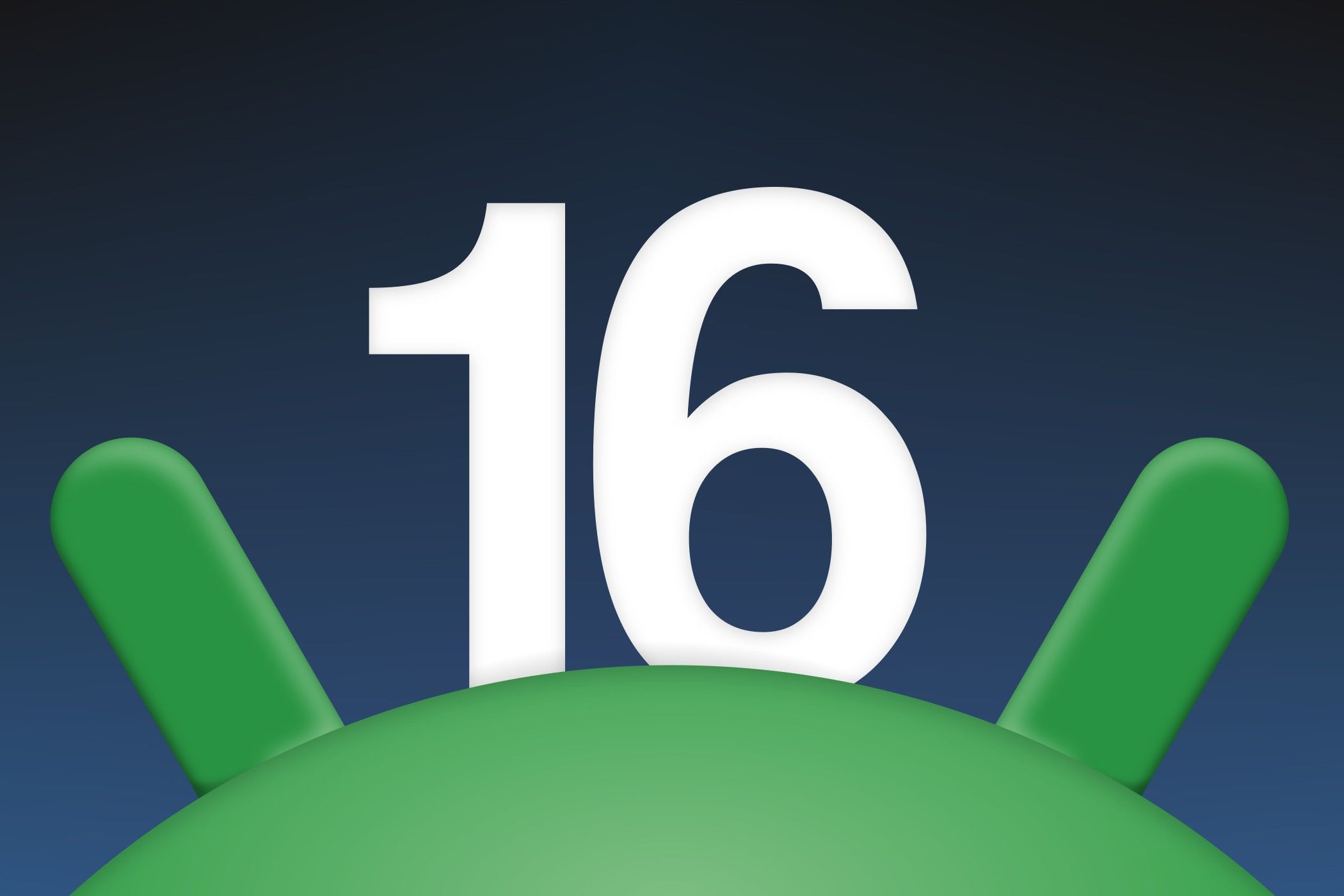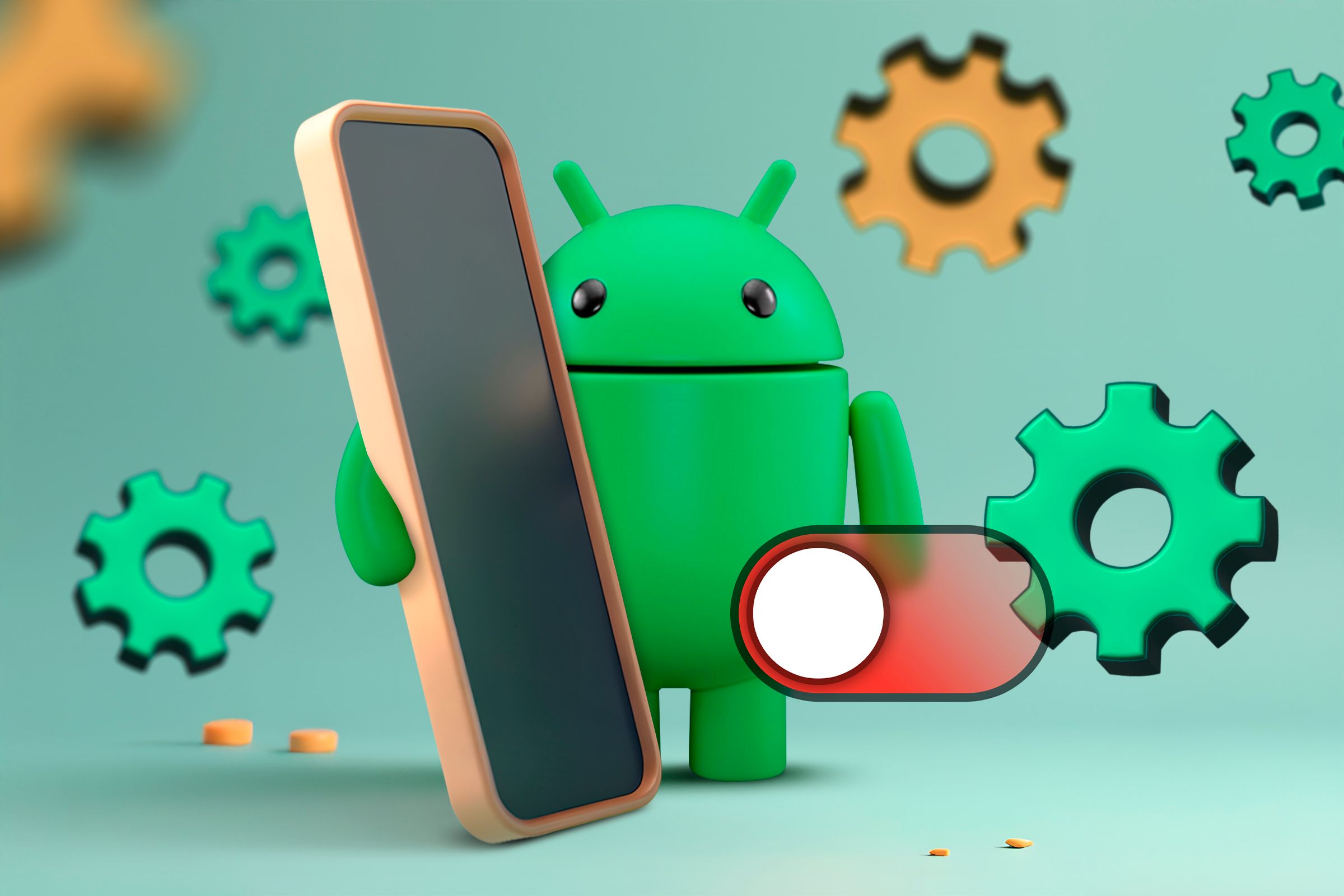Summary
- Android 16 introduces the SettingsPreferenceService API, allowing app settings integration into Android’s central hub.
- Developers can choose which settings can be altered through the Settings app, making navigation easier for users.
- Similar to iPhone apps, Android settings could be accessed through the Android Settings app with the new API.
Android 16 is just a few months away from a final release, and we’re still finding out about what’s in store. One interesting development is a new API called “SettingsPreferenceService,” and it could make adjusting app settings a lot more like iOS on the iPhone.
Currently, settings for Android apps live almost entirely within the app itself. If you want to adjust those settings, you would typically open the app, find some sort of menu, and go to “Settings” or “Preferences.” That could change depending on what developers do with this new API.
In theory, the goal of the SettingsPreferenceService API is to turn Android Settings into a central hub. Instead of digging through each app to tweak its settings, you might be able to do it all from one place. This new API lets apps integrate their preferences directly into the Android Settings app.
What can developers do with this? They can choose which settings can be changed from the Settings app and which can’t. They can make some settings read-only, add direct links to settings within their apps, or even require you to confirm changes. To make things clear, they can also add titles and summaries for each setting so you know exactly what you’re tweaking.

Related
Android 16 Is Nearly Ready for Prime Time With the Release of Beta 3
The latest Android 16 beta has arrived, and it marks Platform Stability. That means the APIs and app-facing behaviors are finalized. We’re very close to the final version that will be released in just a few months.
For those who have used an iPhone, this should sound familiar. It’s one of the biggest differences between Android and iOS. Some iPhone apps have a majority of their settings in the system Settings app. For example, if you wanted to change the search engine for Safari, you’d go to Settings > Apps > Safari. It can’t be done from the Safari app itself. This isn’t the case for all iPhone apps, but it’s not uncommon.
Some Android apps have found sneaky ways to link to their settings pages within Android Settings. But this new API offers a more direct and official way to do it. Whether or not this all comes to fruition depends on how many developers jump on board. The similar functionality on iPhones seems to have petered out over the years, so it’s anyone’s guess if Android developers will embrace it.
I’m of two minds on the topic. On the one hand, it makes the most sense that you would go directly to an app to adjust its settings. This is already how Android apps work, and even a growing number of iPhone apps have switched over to this mentality. However, there are some situations where it might make sense to go to the Settings app.

Related
10 Android Settings I Always Keep Disabled
Android phones are packed with features, but not every one of them is worth keeping enabled. In fact, some can be downright annoying. Here’s a list of settings I always turn off to make my phone work better for me.
The problem is I think Android already addresses those situations. Currently, you can go to Settings > Apps and select any of the apps installed on your phone. From there, you’ll see settings for the app’s notifications, permissions, storage, data usage, and battery usage. These settings feel more “system” than “app,” so it makes sense to have them here. I’m not sure which other settings would make sense to be pulled out from the app itself.
Regardless, as mentioned, it will ultimately be up to developers to make that decision. Android 16 Beta 3 was released last month, and it marked Platform Stability for the release. We’re due for another beta release this month, and the final stable release in Q2 2025. It will be here before we know it!
Source: Android Authority




